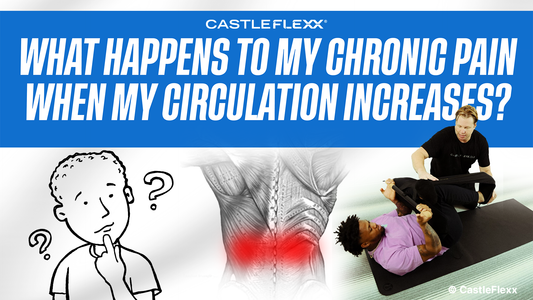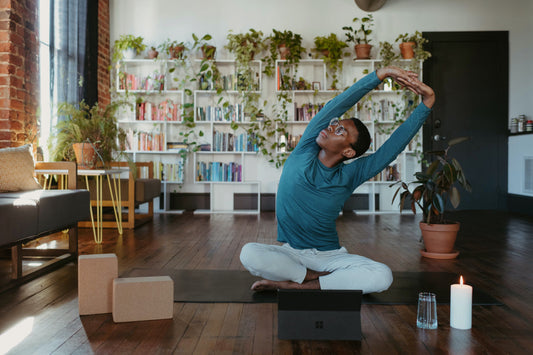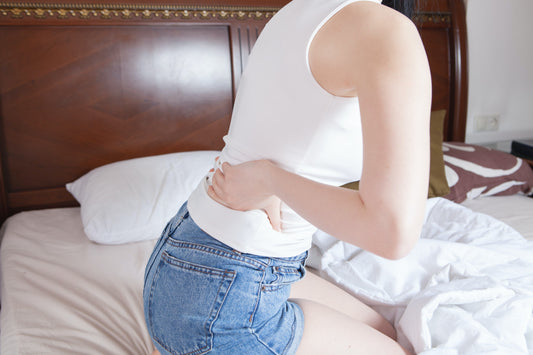Back Pain Explained - Learn Series
Coach and sports rehab expert Bronson Walters of Neurokinetix explains why back pain is so common and how to fix it.

Coach and sports rehab expert Bronson Walters of Neurokinetix explains why back pain is so common and how to fix it.


Coach and sports rehab expert Bronson Walters of Neurokinetix explains why back pain is so common and how to fix it.

When your back isn’t flexible, you can put yourself at risk for serious injuries which can often take a long time to recover from and cause much pain and frustration....

Lower back pain can be a frustrating and debilitating experience, especially when you don’t know what the cause is. One common culprit of lower back pain that often goes overlooked...

Back pain can make life miserable. It can be caused by a number of different factors, and sometimes it can be tricky to pinpoint exactly what the cause is. In...